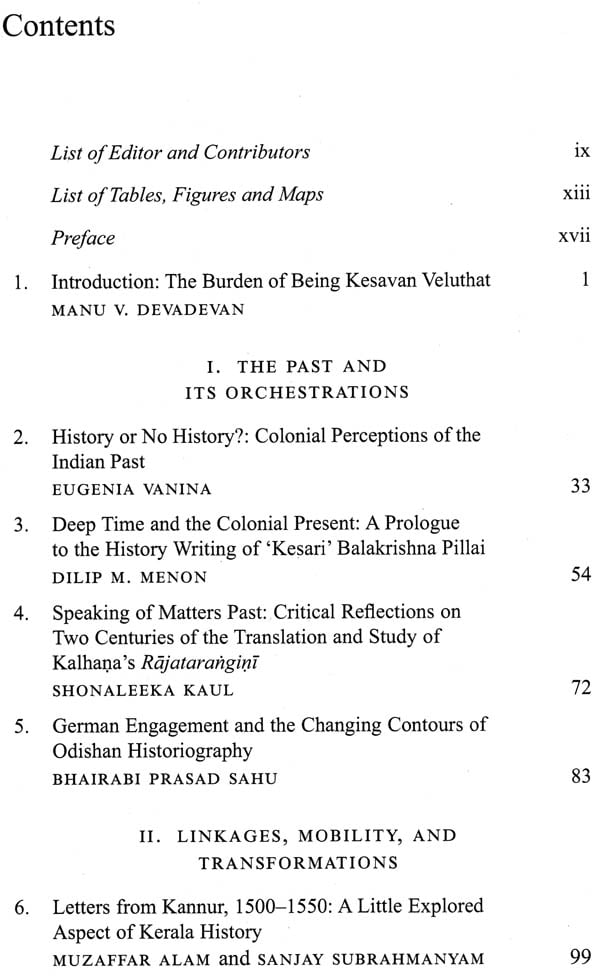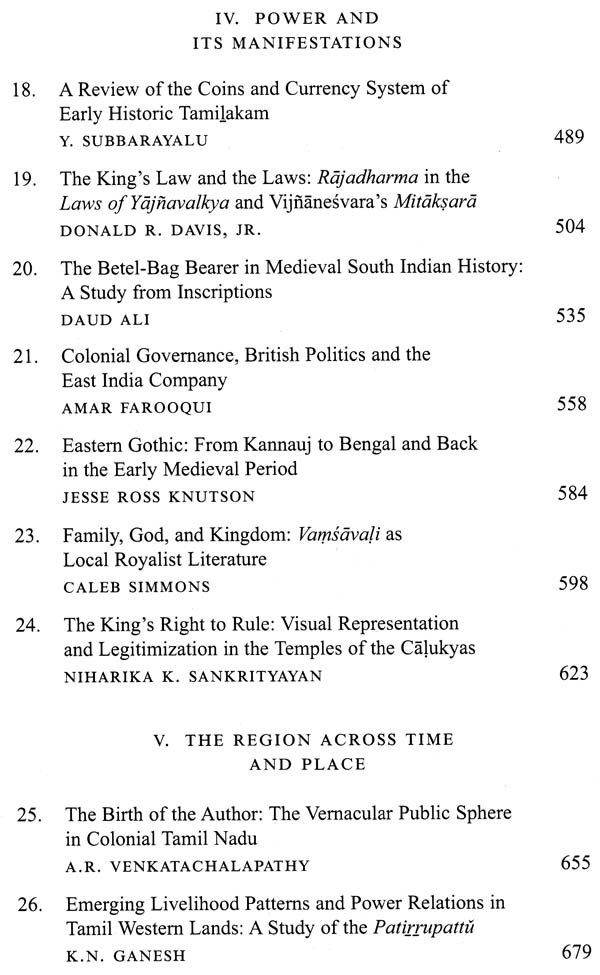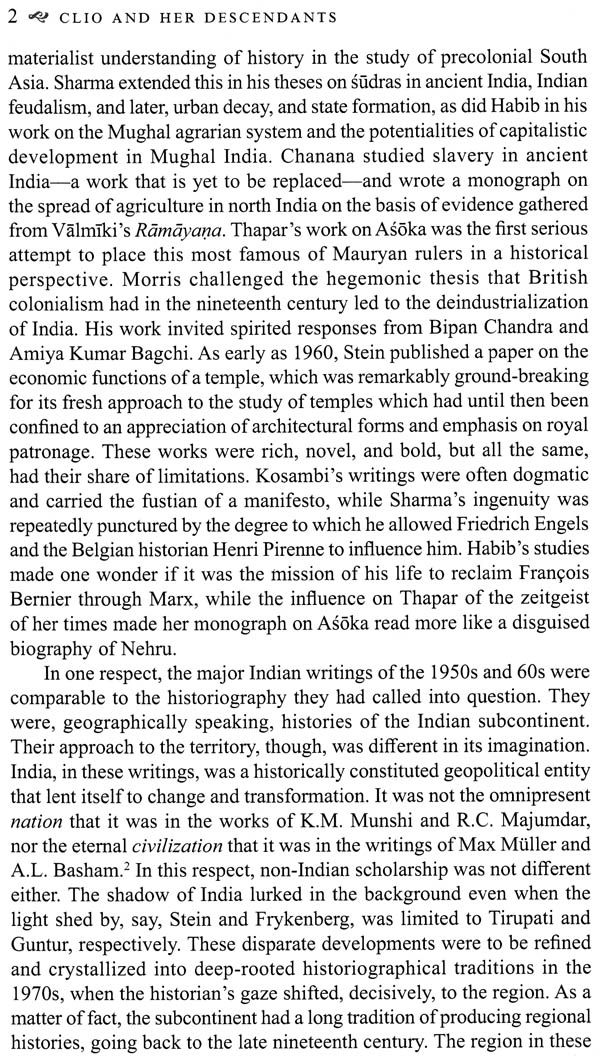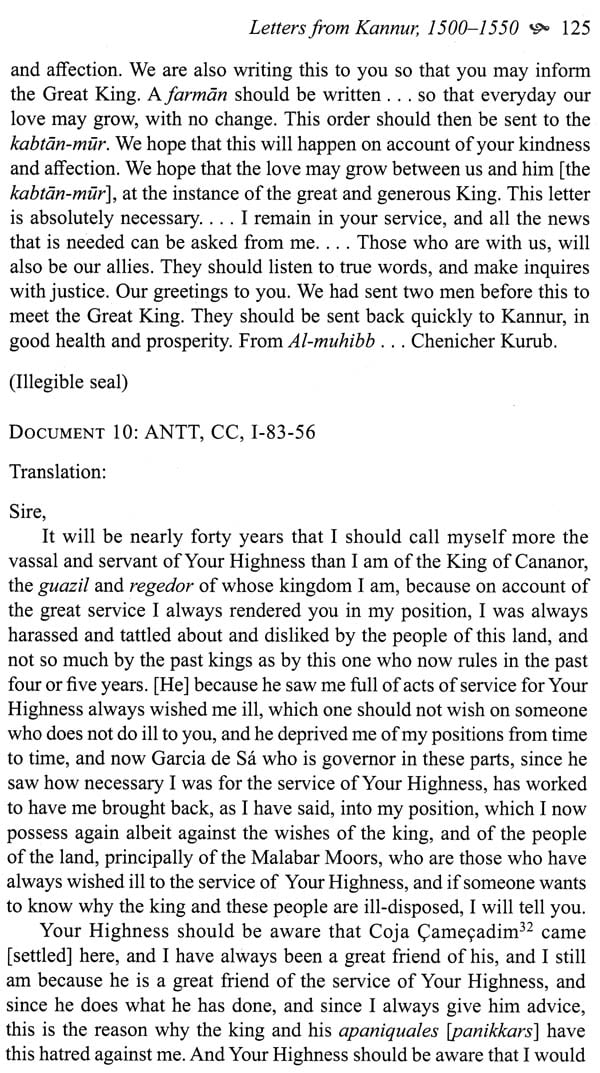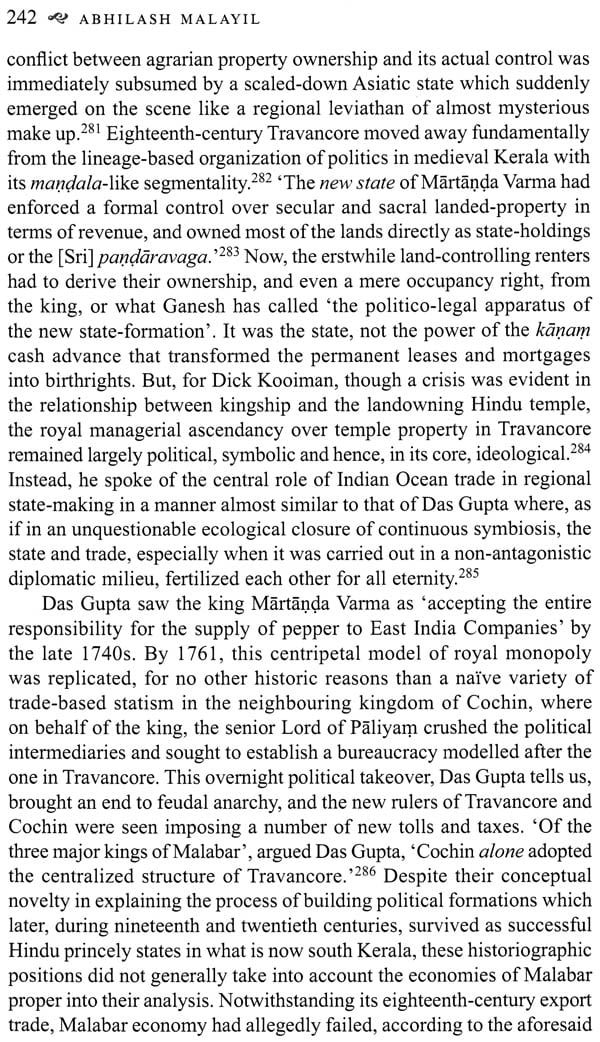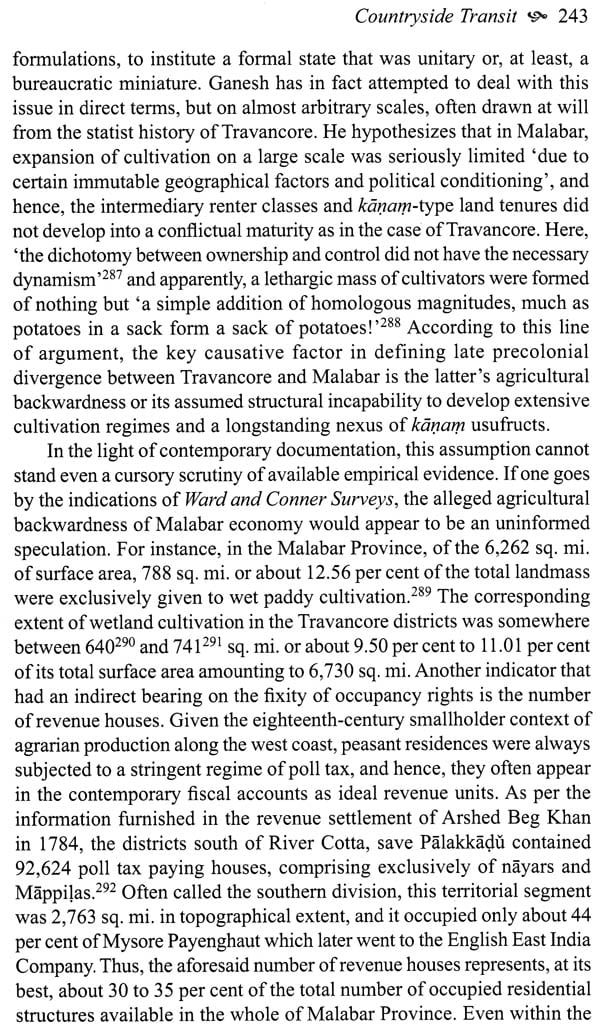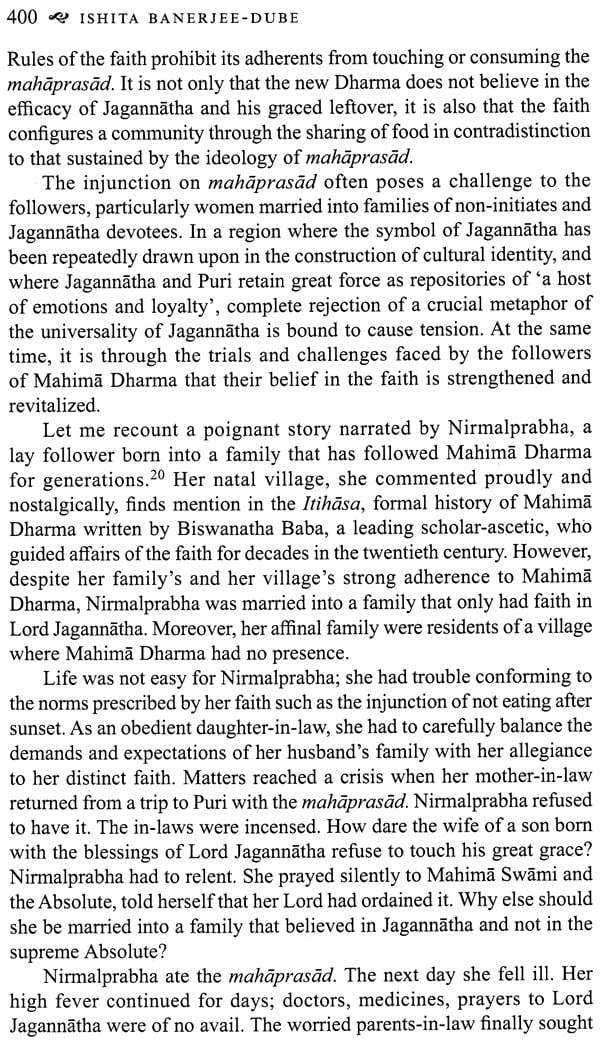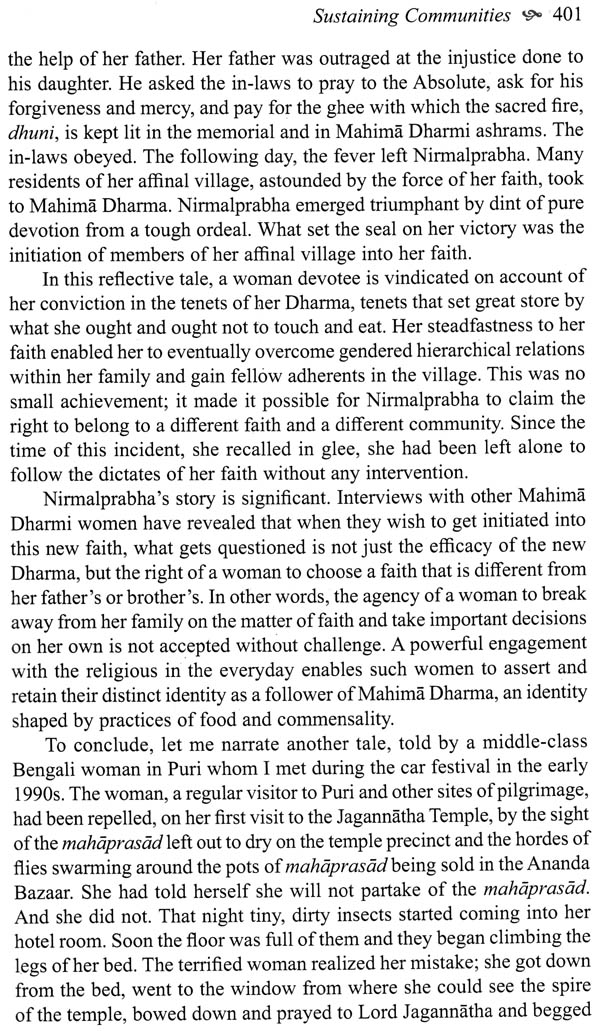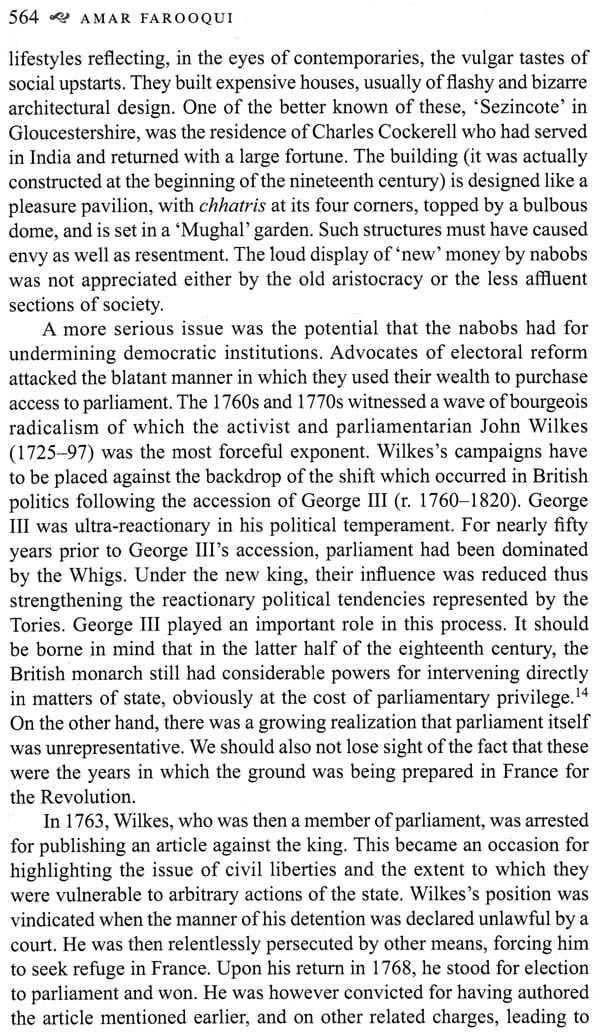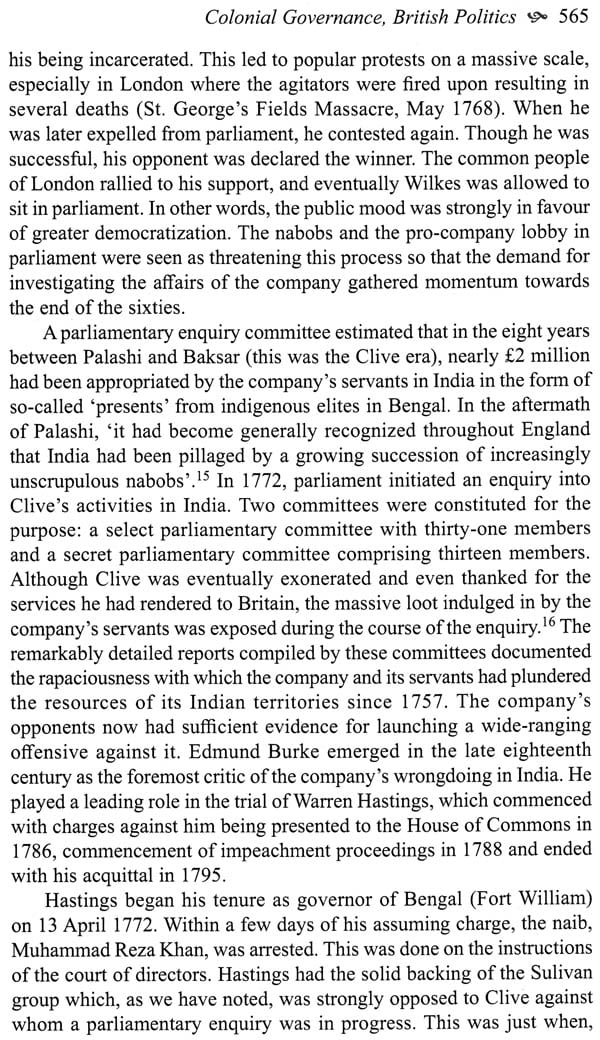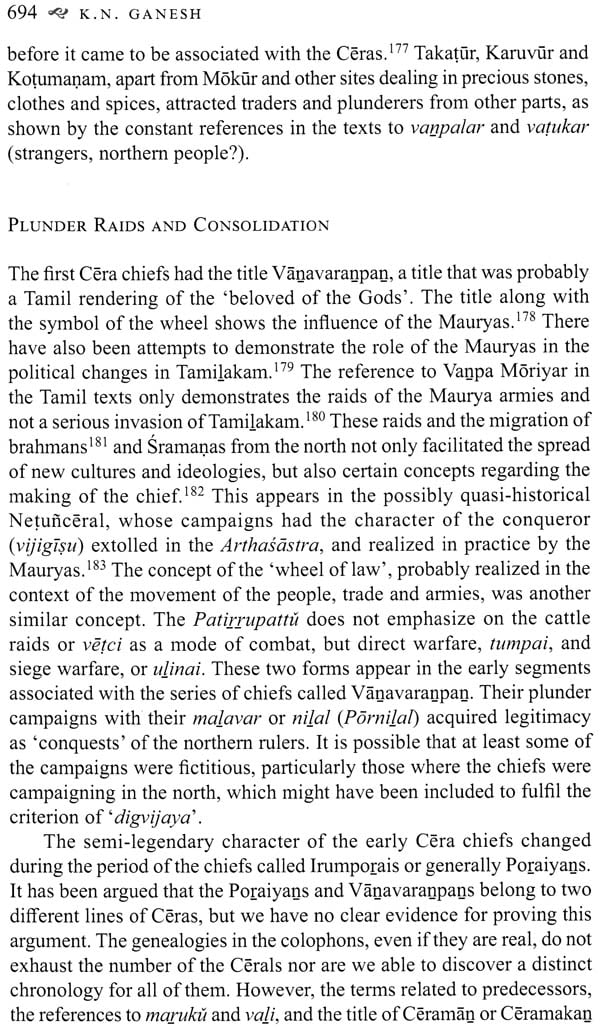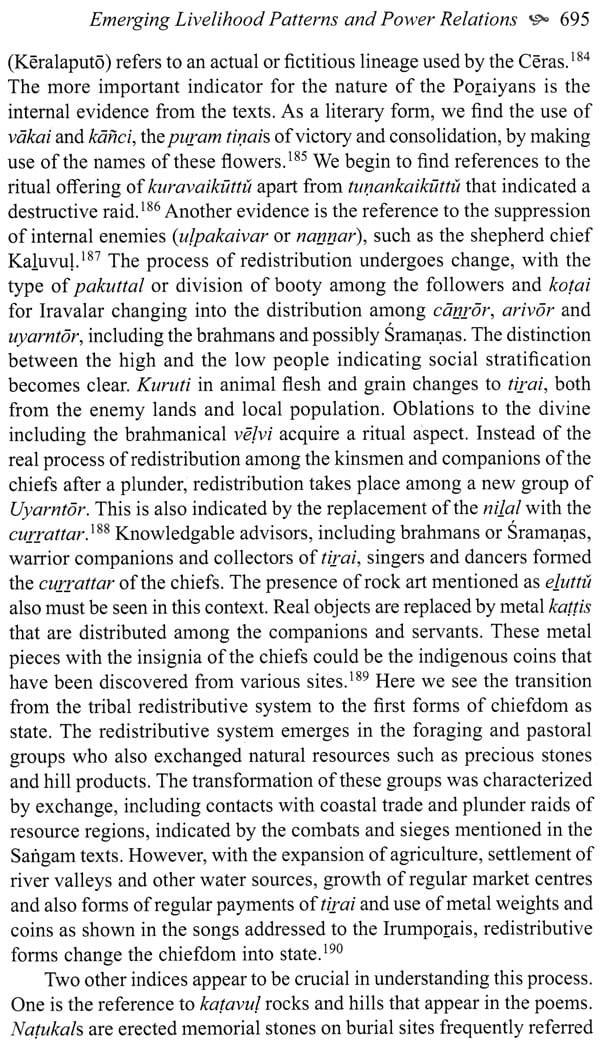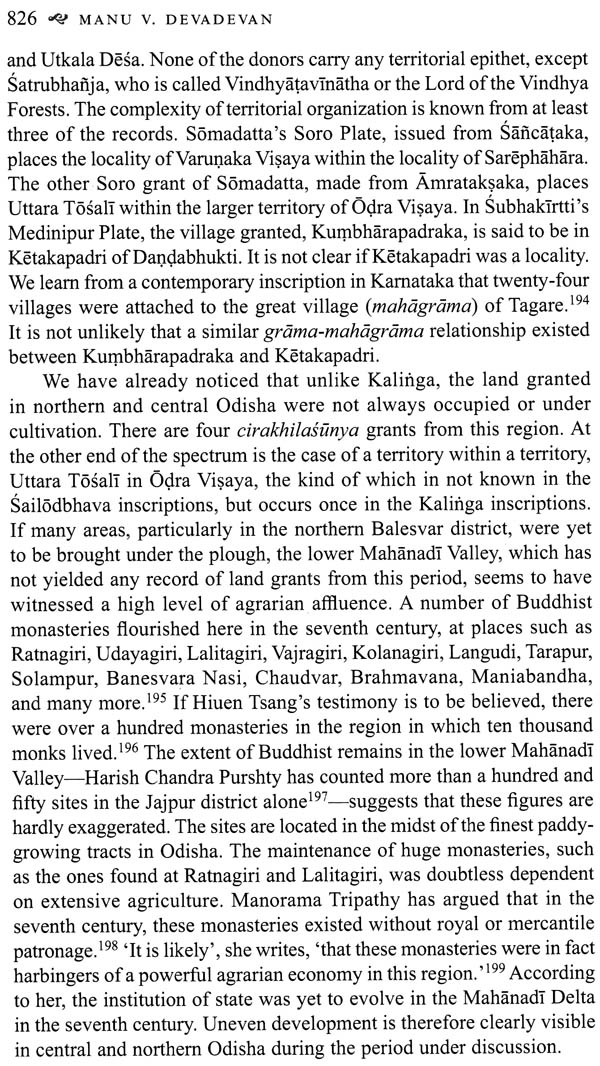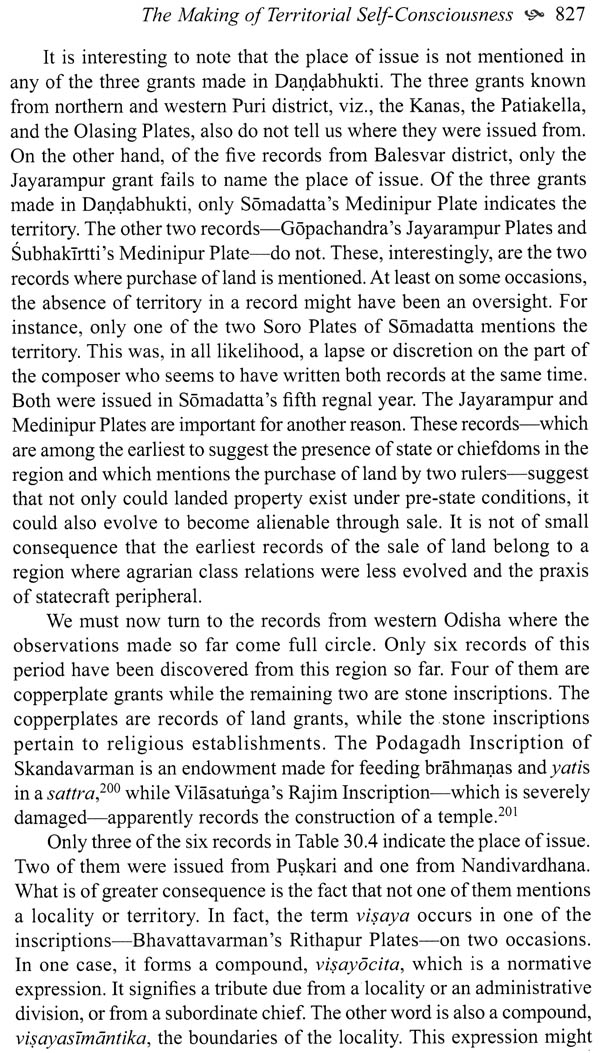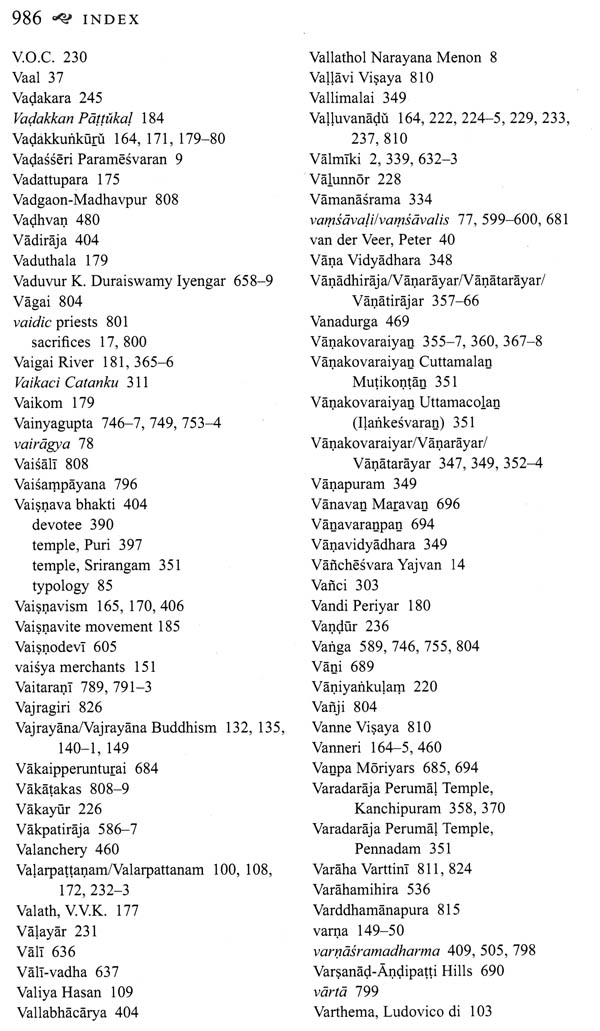
Clio and Her Descendants ( Essays for Kesavan Veluthat )
Book Specification
| Item Code: | NAU477 |
| Author: | Manu V. Devadevan |
| Publisher: | Primus Books, Delhi |
| Language: | English |
| Edition: | 2018 |
| ISBN: | 9789386552969 |
| Pages: | 990 |
| Cover: | HARDCOVER |
| Other Details | 10.00 X 6.00 inch |
| Weight | 1.36 kg |
Book Description
Professor Kesavan Veluthat, in a significant departure from the existing scholarship, represented by K.A. Nilakanta Sastri, T-V. Mahalingam, and Elamkulam P.N. Kunjan Pillai, explored aspects of historical transition, political structures, settlement patterns, agrarian relations, religion, and ideology in early medieval Tamil Nadu and Kerala, thus changing the terms of the debate and reconstructing the study of South Indian history in ways that are irreversible. His more recent studies in the literary and intellectual traditions of Kerala have, by their ingenuity and provocativeness, overturned long accepted historiographical positions.
Clio and Her Descendants is a collection of essays dedicated to honour Veluthat’s scholarship, and brings together the work of thirty historians who look to expand the horizons of South Asia’s diverse and polyphonic past. The variety of themes, concerns, and methodologies that these essays explore, not only capture the vibrancy of the historiography of the present, but also offer invaluable signposts for future research. This volume is essential reading for any student of South Asian history and will remain so for years to come.
Manu V. Devadevan is Assistant Professor of History at the Indian Institute of Technology Mandi, Himachal Pradesh. He specializes in the political economy of precolonial South India, but is also interested in the history of literary, religious, and intellectual traditions of the Indian subcontinent. His publications include A Prehistory of Hinduism (2016) and The ‘Early Medieval’ Origins of India (forthcoming) in English, and Prithviyallodagida Ghatavu: Karnatakada Ninnegalu (2009) and Sankhakshetrada Kannu: Puri Sri Jagannatha Devalayada Itihasa (2017) in Kannada.
Some Decades ago , Professor Kesavan Veluthat was travelling from Kozhikode to Mysore in a taxi with a historian friend, accompanying the legendary Ram Sharan Sharma. Sharma-ji fell asleep in a while. Veluthat and his friend, both notorious for their unrelenting convictions, began to discuss aspects concerning the history of Kerala. In a few minutes, they were quarrelling over the etymology of the word, kammatta (the royal mint). Veluthat’s friend was eager to trace it to the Malayalam word kanvettam (‘in front of one’s eye’). This, he held, was an indication that coins were minted only when the king was physically present at the mint. Veluthat was not convinced. He did not know the root of the word for sure. He knew, all the same, that in the mid-twelfth century, Basava had used the word in one of his vacanas, martyalokavembudu kartarana kammatavayya (‘the human world is the mint of the creator, my Lord’). Basava wrote in Kannada. And there are no cognates for kanveftam in that language.
The loud exchange of words woke Sharma-ji from his sleep. "What are you quarrelling over’, he asked. ‘The etymology of the Malayalam word kammatta, used in the sense of mint,’ Veluthat said. ‘Kammatta is a Prakrit word,’ Sharma-ji explained. ‘It comes from the Sanskrit word, karmanta, for "a workshop". Kautilya uses karmanta in this sense in the ArthaSsastra.’
This is one of Veluthat’s favourite anecdotes. He has related it to me over a dozen times with nostalgia and admiration. Although the nostalgia far outweighs the admiration, Veluthat’s message is hard to miss: the ability to recall, in an instant, the use of an obscure word in so complex a text as the Arthasastra is characteristic of a depth in scholarship that one can scarcely fathom.
Veluthat’s scholarship as a historian belongs to this class, so much so that there are comparable anecdotes about him. Some years ago, I was reading the eminent Kerala journalist K. Balakrishnan’s travelogue- cumethnohistory volumes on northern Malabar, Elimala and Kannur Kotta. In one of these books, Balakrishnan observed that vandi (bullock carts and horse-driven carriages) were never used in pre-modern Kerala. ‘Is this true?’ I asked Veluthat. ‘It might be true indeed,’ he said. ‘With an excellent network of waterways in place, what was the need for vandi in premodern Kerala? But then, what do we make of the vandi mentioned in the ninth-century Tarisappalli Copperplates?’
On another occasion, I was discussing with him the location of Ramagiri, mentioned in the Méghadita. He suggested a location in northern Deccan on the basis of the statement in the third line of the second stanza of the poem that monsoon began in Ramagiri on the first day of the month of Asadha (Gsadhasya prathama-divasé). Soon, we strayed away from this question, and were discussing other things in the Méghadiita. In the line preceding asadhasya prathama-divasé, Kalidasa refers to the hero of the poem as kanaka-valaya-bhramsa- rikta-prakosthah. The hero, a yaksa, had incurred a curse after power had turned him corrupt. He was sent on a year’s exile. As part of the exile, he had to forfeit the golden bangle (kanaka-valaya) that was a sign of his authority. The loss (bhramSa) of the bangle had made his wrist (prakostha) empty (rikta). This was (and continues to be) my interpretation. Veluthat didn’t find it persuasive. ‘This,’ he said: is an interesting way of looking at it. Mind you, it is only an interesting way, not the right way. What Kalidasa meant was that the grief of separation from his beloved had severely affected the yaksa. He had turned thin and thin, to such an extent that the golden bangle he wore had fallen off. This is how tradition has understood the expression. This is the interpretation of all commentators of the Méghadiita, including Mallinatha.
In Veluthat’s view, the reading of a classical text was incomplete without a concomitant reading of the available commentaries.
On a third occasion, I asked Veluthat if it was likely that a change had taken place in the choice of the wood with which the images of Jagannatha, Subhadra, Balabhadra and Sudarsana in the Jagannatha Temple of Puri are made. For, the wood used in recorded history is the neem, whereas the one mentioned in the Skandapurdna is the banyan. ‘It is hard to say without the help of concrete evidence,’ Veluthat replied. ‘But neem and banyan are both acceptable. They both fall under the category of uttama vrksa.’
On the same day, I spoke to him of a long piece of carved stone lying in the Laksmanésvara Temple in the Satrughnésvara complex in Bhubaneswar. The stone resembles a Sivalinga but is too long for a linga. Is it likely that it was a linga abandoned following damages caused to it while sculpting? ‘I cannot say without seeing it’, Veluthat said. A year later, Veluthat and I had the occasion to visit the Laksmanésvara Temple. Upon seeing the piece of stone, he confirmed that it was indeed a linga. I was curious to know how he had arrived at this conclusion. Veluthat explained:
According to the agamic tantras, a third of a linga must be buried in the earth, another third in the ydni pitha, and the remaining third exposed. Look at this stone. Only a third of it on the top is orbicular like a liiga. The remaining two-third is not properly carved. This part is buried through the hollow of the yoni pitha down.
These anecdotes, in a nutshell, capture the quality of learning that Veluthat embodies and represents. And it is this learning that thirty scholars from widely different intellectual traditions have come together to felicitate in this volume. These scholars differ from one another in their ideological persuasions, methodological preferences, and the choice of periods, regions, and sources. Some of them are older in age than Veluthat. Some are living legends. Some are promising young students. The others are known to have pronounced the last word yet—which are unlikely to be replaced for several decades to come—in their respective areas of research.
The essays in this volume are organized under five thematically divided sections. The four essays in the first section on the representation of the past in modern historiography present four different ways in which premodern India has come to be understood since colonial times. Eugenia Vanina eminently sums up the existing discussions on colonial and nationalist constructions of India’s past. She identifies a ‘brahmana renaissance’ in the late eighteenth century that was instrumental—by way of providing native assistance to the British in generating the grand-narrative that the British would eventually promote and render hegemonic. This grand-narrative, even as it served imperialist and nationalist interests, had the potential to transcend colonial and nationalist geographies to imagine a world ‘of human connections through imagination, migration and the circulation of forms, myths and histories and the assumption that the world was an always already miscegenated space’. This much-neglected aspect of colonial historiography is placed in bold relief in Dilip M. Menon’s study of the works of ‘Kesari’ Balakrishna Pillai. Shonaleeka Kaul presents the other side of the story. Reflecting upon two centuries of translation and study of the Rdjatarangini, she notes that appreciating the text as a work of history, and expecting from it such imperatives of positivist historiography as rationality, facticity, objectivity, and scientific method, had led to a poor understanding of the text, as this factual-as-truth approach had failed to capture Kalhana’s noble-as-truth worldview. These earlier approaches cried out for a major corrective, which did not come for a while. In his assessment of the changing contours of Odisha historiography, Bhairabi Prasad Sahu argues that far-reaching historiographical revisions were made possible only after the historian’s gaze moved away from the nation to the region in the 1970s.
The five essays in the second section explore aspects of linkages, mobility, and transformations in history. Muzaffar Alam and Sanjay Subrahmanyam translate a set of letters preserved in the Cartas Orientais collection at the Torre do Tombo, Lisbon. These letters, written between 1505 and 1550 by the ruler of KOolattunadt (KOlattiri) and his wazir Céniccéri Kuruppt to Dom Manuel, Antonio Carneiro, and Vasco da Gama, are among the earliest surviving correspondences between South India and Europe. David Ludden revisits the old question of decline of Buddhism in India. He traces the decline to changing patterns of trade and migrations, agrarian expansion, and militarism across South Asia that led to ‘the rise of Hindu territorial hegemony’. Pius Malekandathil explores trading patterns in Kerala and argues that trade was not all about production, exchange, and movement of commodities. The networks of exchange it precipitated led to the rise of new chiefdoms, centres of pilgrimage, the ethic of devotionalism, and the production and circulation of literary works. Abhilash Malayil studies the nexus between money, market, movement of goods, and agrarian production in eighteenth-century Malabar. He argues that acquisition of land by traders, and the changing clientele preferences of the creditors in which extending credits to the chiefs came into disfavour, led to a decline in existing forms of political authority. K. Indrapala offers an overview of the relations between Kerala and Sri Lanka from the time of human migration to the island to its independence from colonial rule in 1948. He argues that the ties were snapped, oftentimes in brutal ways, after independence.
